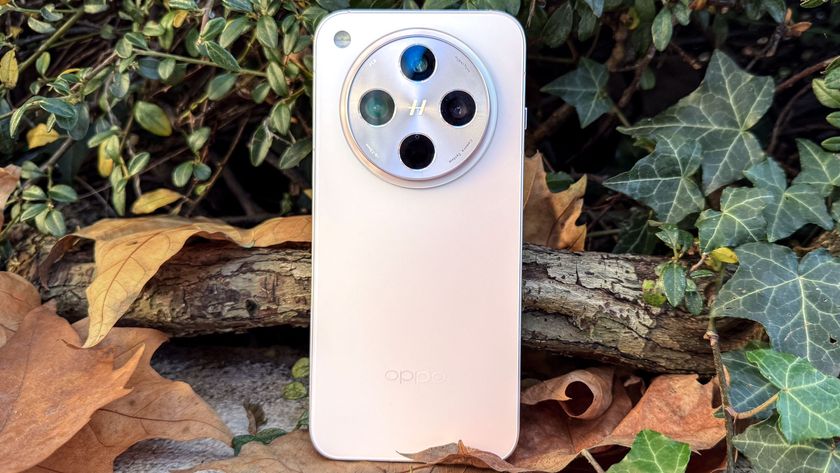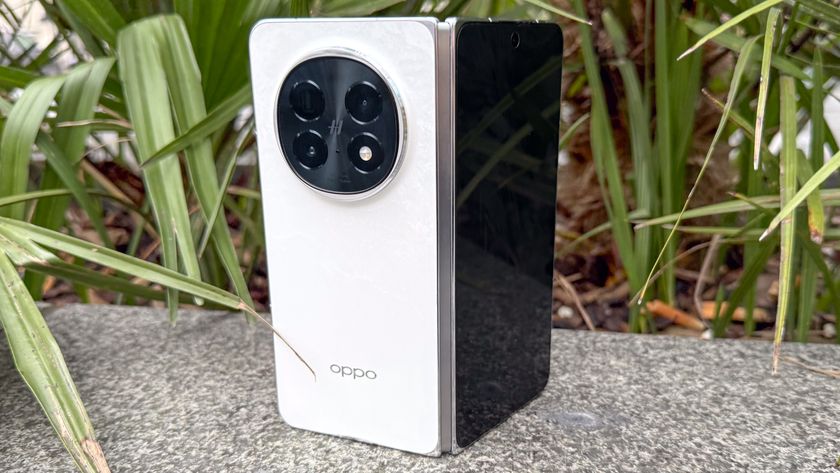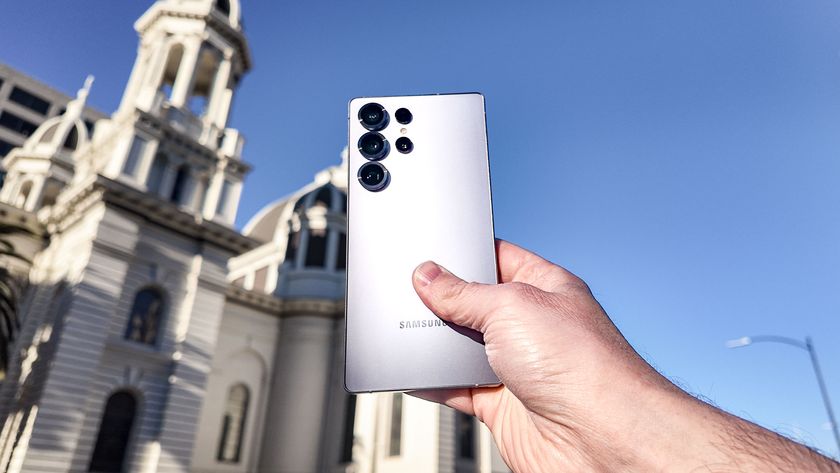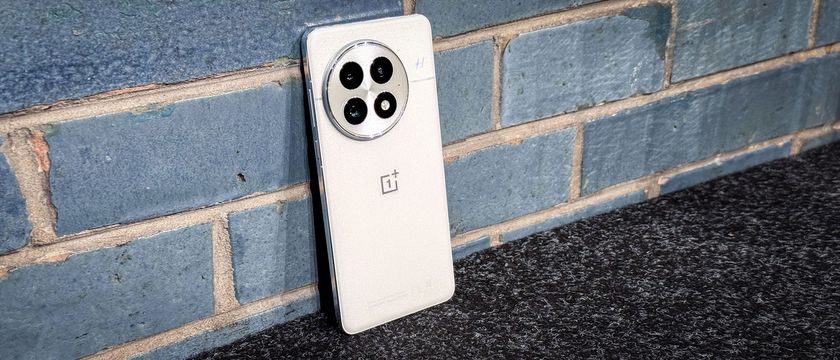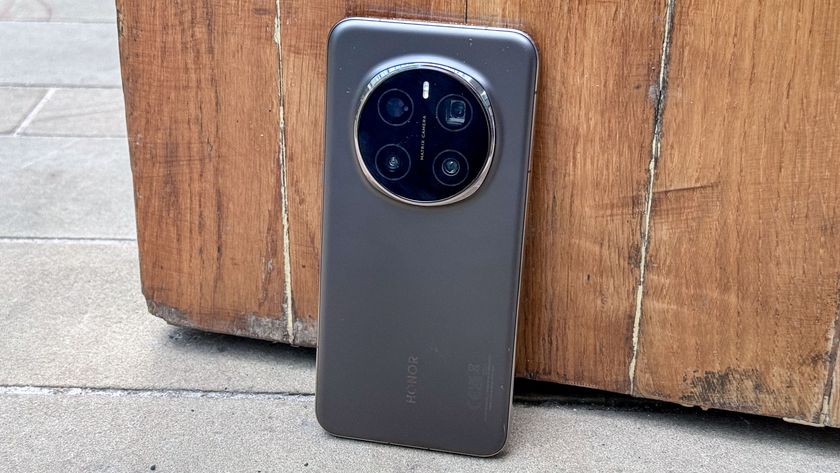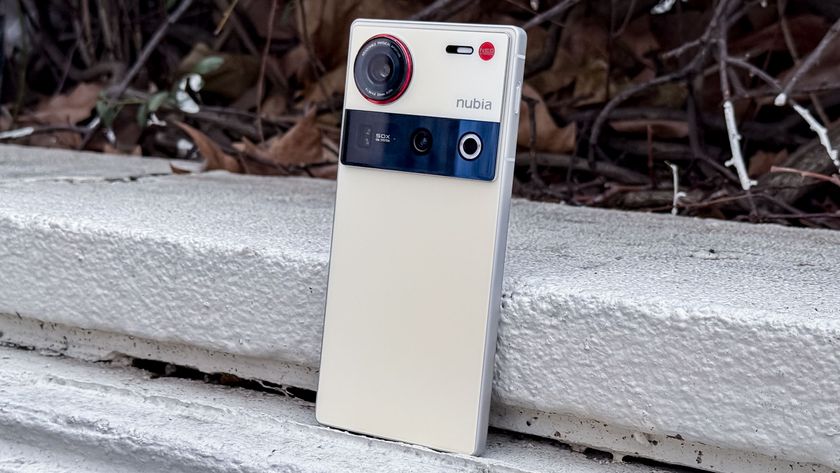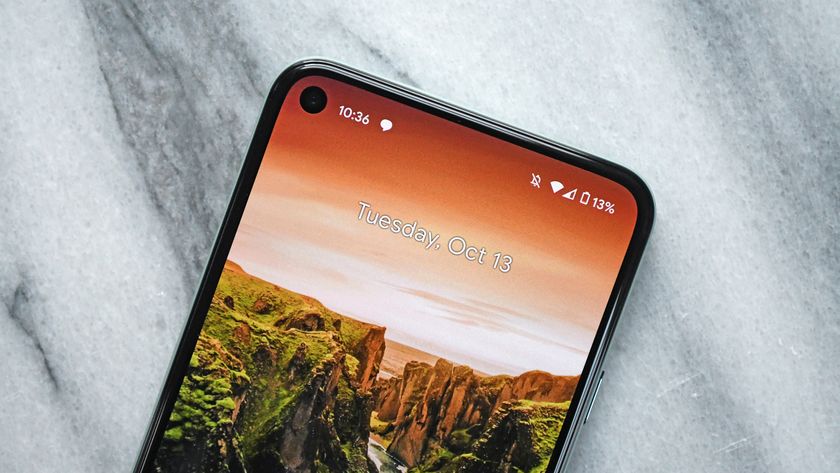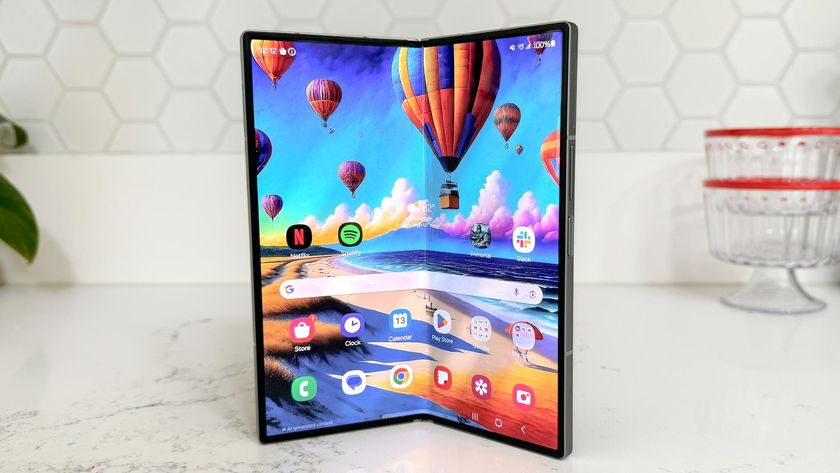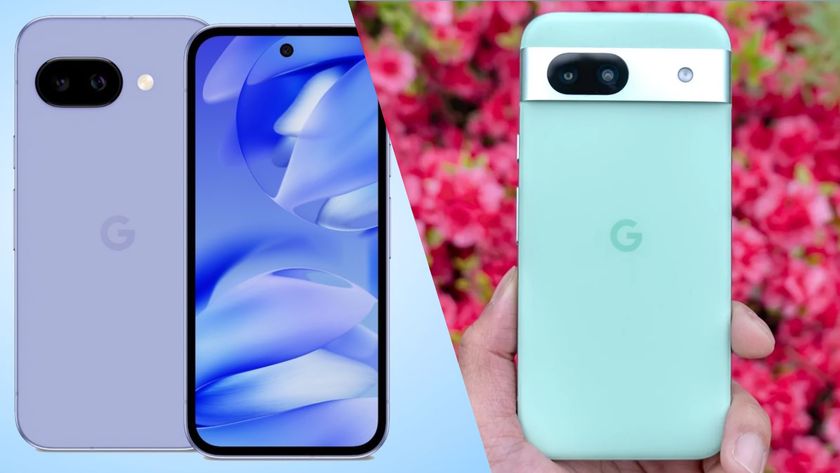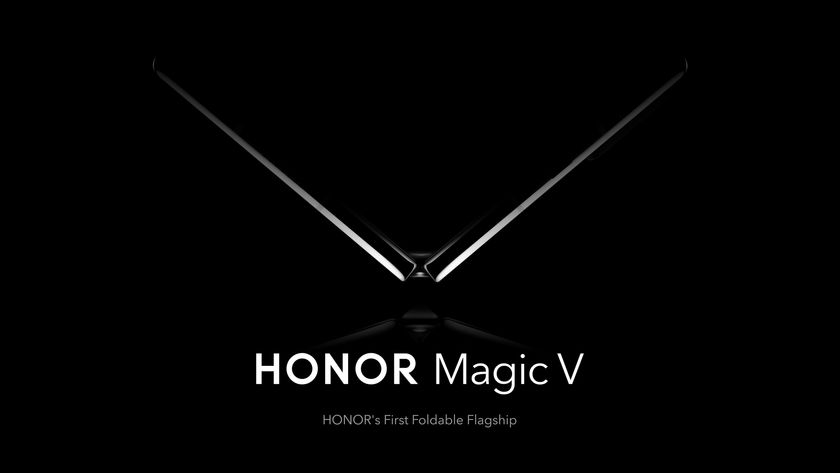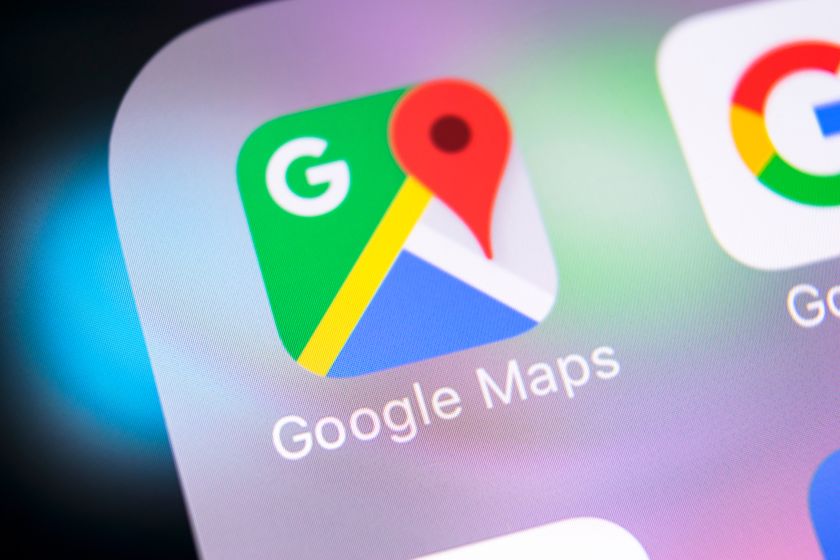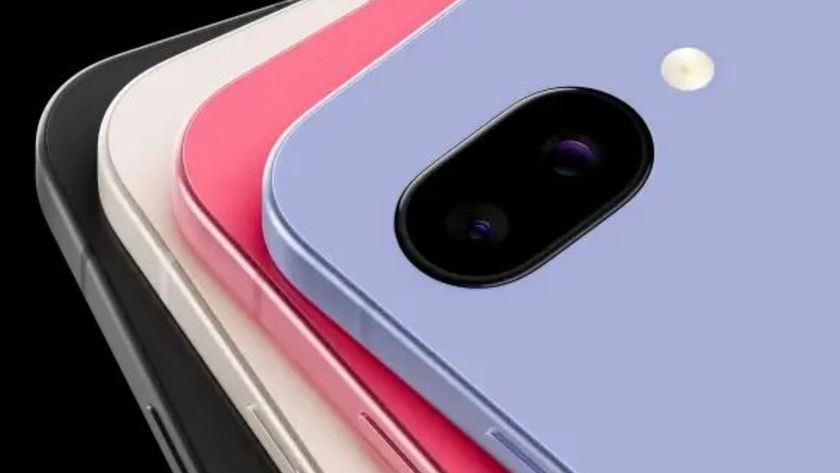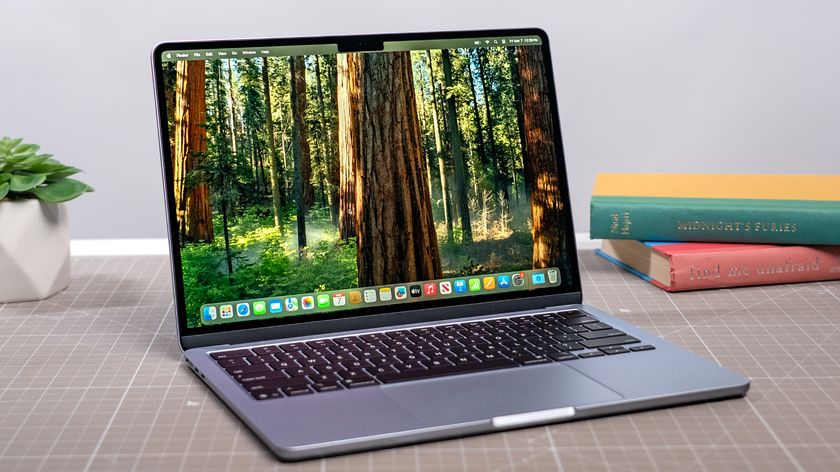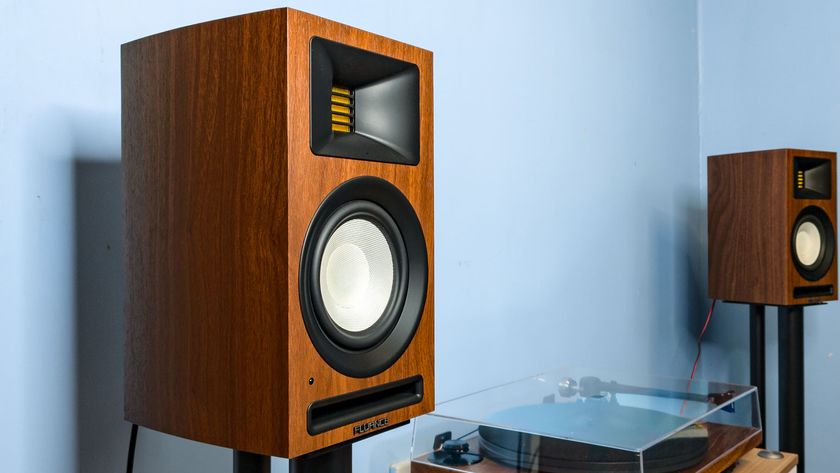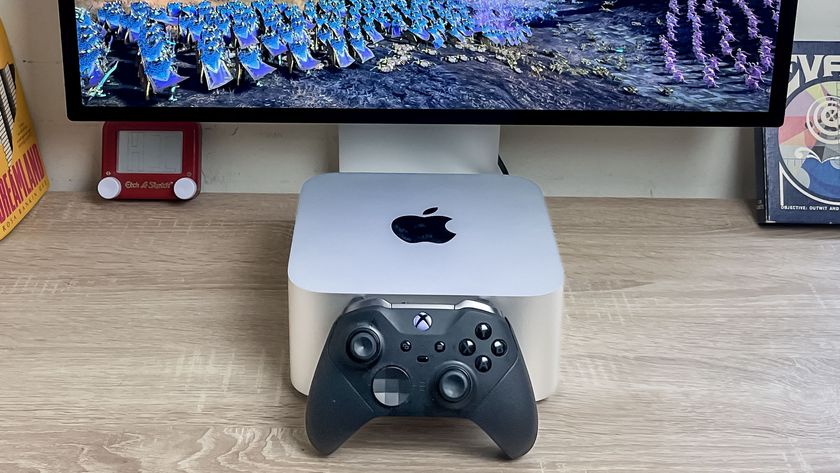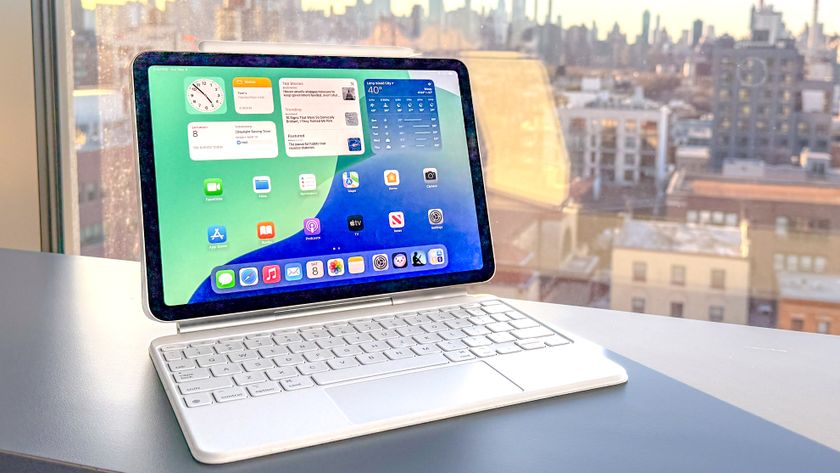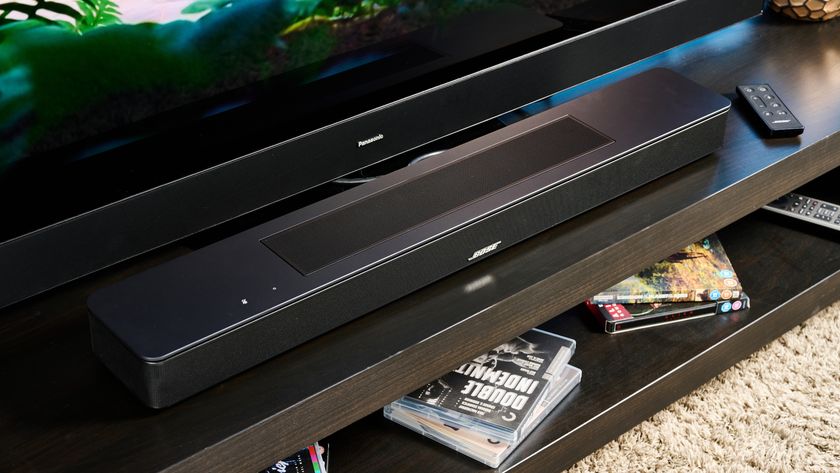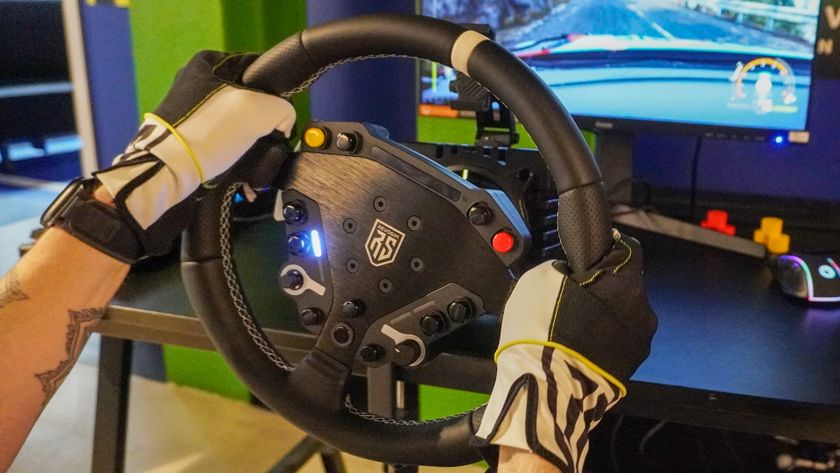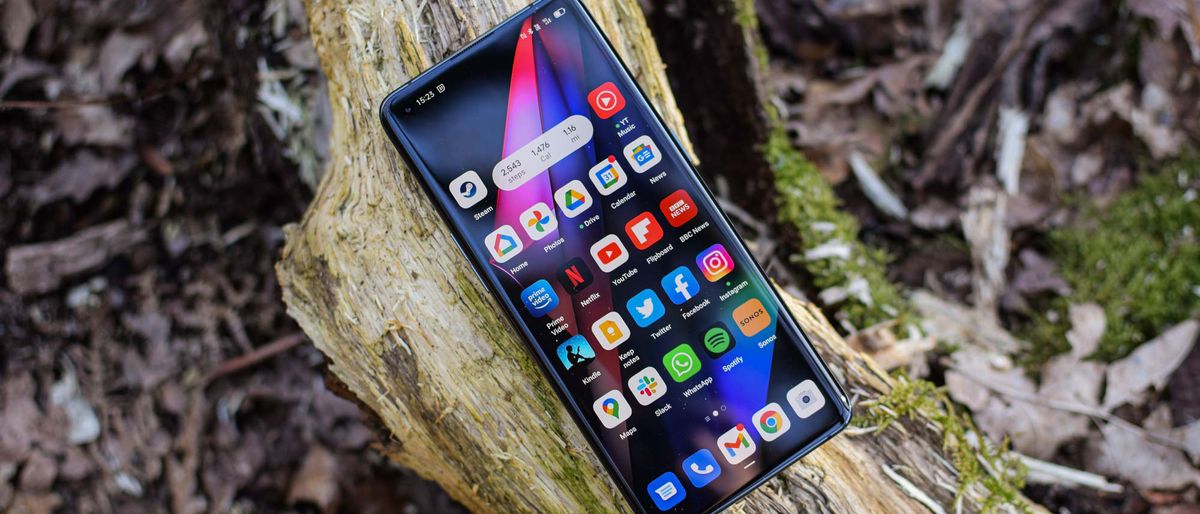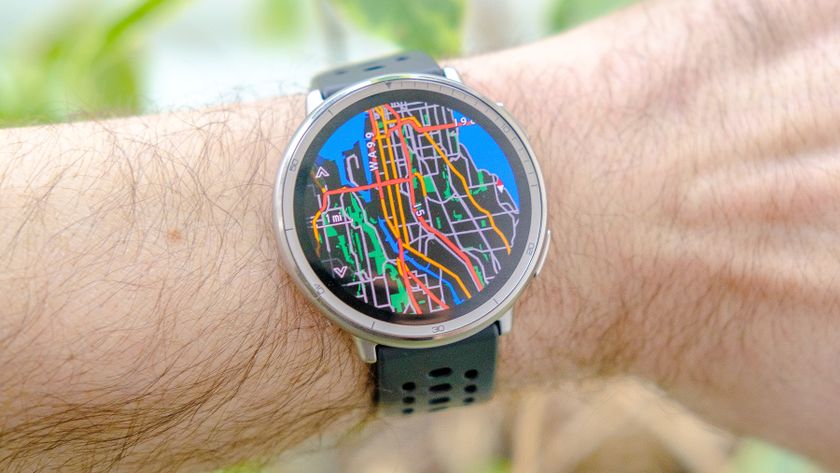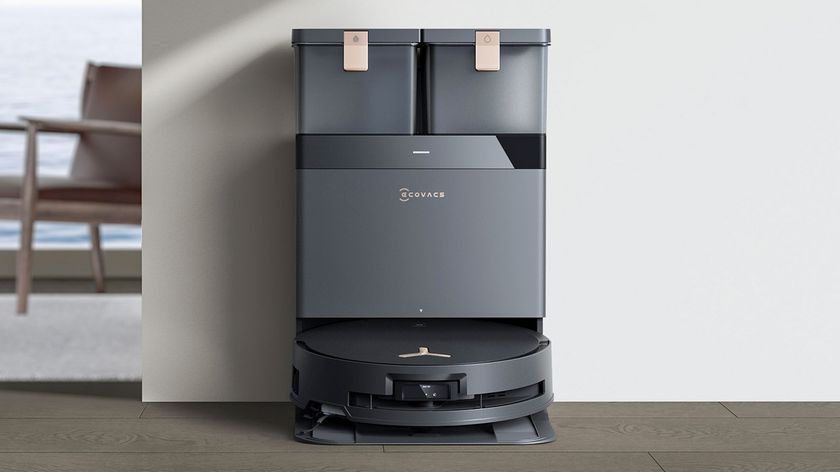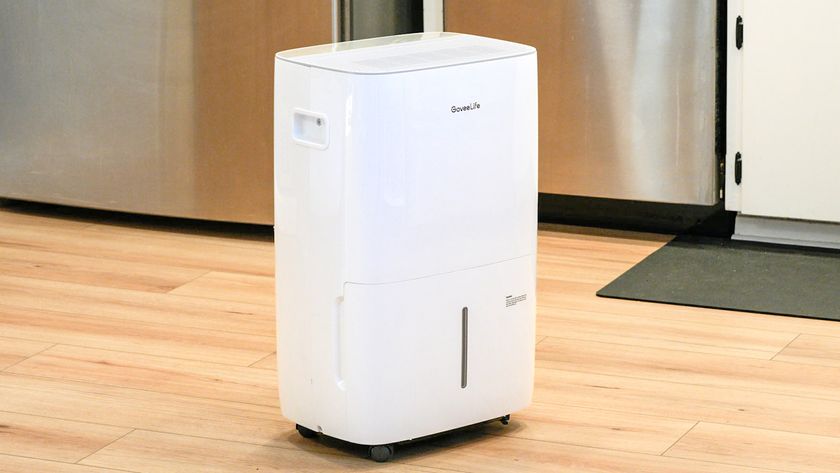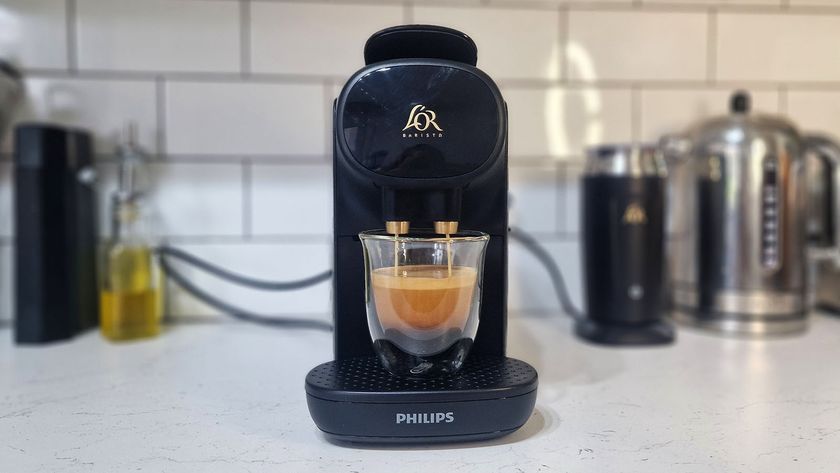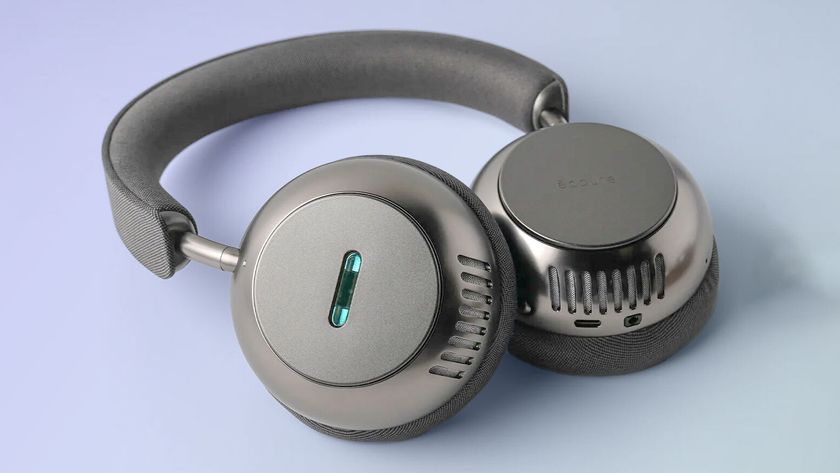Tom's Guide Verdict
Oppo’s second shot at an Android flagship for the U.K. has produced a phone with a stunning display, innovative design, and excellent camera performance; the Galaxy S21 Ultra has serious competition.
Pros
- +
Stunning dynamic 120Hz display
- +
Attractive unibody design
- +
Snapdragon 888 performance
- +
Flexible and powerful cameras
Cons
- -
Shiny finish is a fingerprint magnet
- -
Microscope lens is a bit of a gimmick
- -
Not available in the U.S.
Why you can trust Tom's Guide
Price: £1,099
Screen size: 6.7-inch OLED (3216 x 1440, 5 to 120Hz)
CPU: Snapdragon 888
RAM: 12GB
Storage: 256GB
Rear cameras: 50MP main (f/1.8); 50MP ultra wide (f/2.2); 13MP telephoto (f/2.4); 3MP microlens (f/3.0)
Front camera: 32MP (f/3.0)
Battery size: 4,500 mAh
Size: 6.4 x 2.9 x 0.33 inches (163.6 x 74.0 x 8.26mm)
Weight: 6.81 ounces (193g)
In There will be Blood, protagonist Daniel Plainview declared “I drink your milkshake!” in reference to effectively stealing the oil from another person’s land. Well, that’s what I feel the Oppo Find X3 Pro is aiming to do to Samsung flagship phones.
With the Oppo Find X2 Pro, Chinese smartphone maker Oppo made a stellar debut into the U.K.’s flagship Android arena. And now the Find X3 Pro looks set to build upon those foundations and take on the Samsung Galaxy S21 Ultra, among other best Android phones.
- Best unlocked phones
- Top smartphones battle: Samsung Galaxy S21 Ultra vs. iPhone 12 Pro Max
With access to the Snapdragon 888, improved cameras, and a striking design, the Oppo Find X3 Pro is a proper high-end phone that makes few compromises to take on the best Apple and Samsung have to offer. So come we me for this Oppo Find X3 Pro review, as I tell you the tale of why you should consider this phone if you're looking for a premium device.
Editor's note: it's looking likely that the Find X3 Pro will be soon replaced by the Oppo Find X5 Pro.
Oppo Find X3 Pro review: Release date and price
When it goes on sale in the U.K. on April 14, the Oppo Find X3 Pro will set you back £1,099. That’s far from cheap and puts the X3 Pro in the same price range as the iPhone 12 Pro Max ($1,099 in the U.S and £1,099 in the UK). But Apple will only give you 128GB of storage space for the money, while Oppo offers the Find X3 Pro with 256GB.
There's no 512GB option for the Find X3 Pro, and that seems like a stage step down from the Find X2 Pro. While that phone also cost the same amount at launch, it had double the storage.
However, the X3 Pro undercuts the Galaxy S21 Ultra, which starts at a hefty £1,149 for the 128GB model in the UK. (It's $1,199 for U.S. shoppers.) I won't call the X3 Pro a bargain, but it’s definitely competitively priced for this kind of flagship phone, given it has a suite of specs to trade blows with some of the best phones around.
As Oppo shares a manufacturing line with OnePlus, there’s an argument that the biggest rival the Find X3 Pro could face will come from its sibling brand. The OnePlus 9 is set to make its debut on March 23. And given the OnePlus 8 Pro undercut the Find X2 Pro, at a starting price of £799, yet provided an impressive specs sheet, the rumored OnePlus 9 Pro could do the same; time will tell on this.
Unfortunately, for people on the wrong side of the Atlantic ocean, the Find X3 Pro isn't coming to the U.S, at least not at launch. Oppo could change its mind if the X3 Pro garners attention on Britain's shores.
The Oppo Find X5 Pro is rumored to succeed the Find X3 Pro this year, and it's slated to have a neat design and powerful specs.
Oppo Find X3 Pro review: Design
I adore the vegan leather back on the Find X2 Pro, as its textured finish made the large phone and its curved display feel less likely to slip out of my hands and dash itself upon the floor. Sadly, the Find X3 Pro has no such coating. Rather Oppo has gone for a unibody design, with a shiny Gloss Black and Gloss Blue color options.
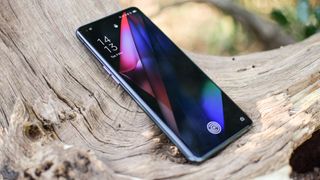
This means the phone feels slippier to use and sucks up fingerprints like an overly eager CSI intern. But this is compensated for with dimensions of 163.6 x 74.0 x 8.26mm and a weight of 193g, making X3 Pro is slimmer and lighter than its predecessor. The sides of the X3 Pro's display are less curved as well, meaning the phone is overall easier to hold despite its 6.7-inch display.
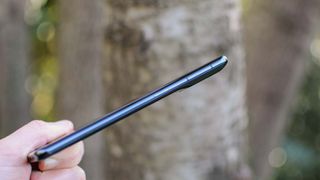
The choice for this glass unibody becomes apparent when you flip the phone over. Rather than sit alone in its own housing, the camera module is covered by the unibody chassis. This has the effect of seamlessly integrating the camera array into the phone’s back and minimizing the amount of edges and groves that could trap dust and debris.
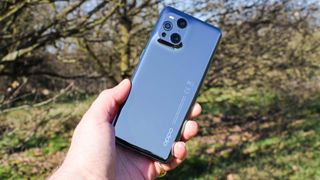
In promotional photos, the design looks intriguing but a little clumsy. But I’m happy to report that in the flesh — or Gorilla Glass 6 — the Find X3 Pro’s camera module is very attractive. It won't lie flat, as the camera module (which looks rather similar to the iPhone 12 Pro’s rear array) is still very much a bump. But it's a rather neat bit of industrial design that’s up there with the contrasting Contour Cut camera module on the Samsung Galaxy S21.
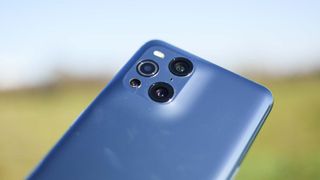
The shiny finish is super reflective and difficult to capture neatly on camera, but I think the Find X3 Pro looks rather impressive. And it’s nice to see Oppo continue to push phone design rather than rest on its laurels after the Find X2 Pro.
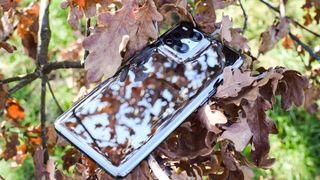
While the contrasting green stripe on the power button is a neat touch, the X3 Pro doesn't have as many grooves as the X2 Pro, nor does it have the shaper oblong-shaped SIM card slot, which felt like extravagant design for no reason. I slightly miss the almost over-the-top design of the X2 Pro, but there’s no doubt the X3 Pro unibody approach is more refined.
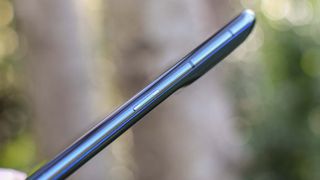
Aside from that, it's business as usual, with a USB-C port for charging and accessories, Dolby Atmos-calibrated stereo speakers that deliver some rather impressive audio for phone speakers, and IP68 water and dust resistance. One advantage of this unibody approach is that the glass construction of the Find X3 Pro can support wireless charging, something that was disappointingly absent in the X2 Pro.
Oppo Find X3 Pro review: Display
Evolution is the name of the game here, as the Oppo Find X3 Pro’s display is rather similar to X2 Pro’s screen. Sporting a 6.7-inch, 10-bit color panel with a QHD+ resolution and 120Hz refresh rate, the Oppo Find X3 Pro doesn't seem to offer anything new, at least at first glance.
The new phone's a little sharper with a 525 pixel-per-inch density over the X2 Pro’s 513 ppi, and peak brightness hits 1,300 nits against 1,200. However, dig a little deeper and things get interesting.
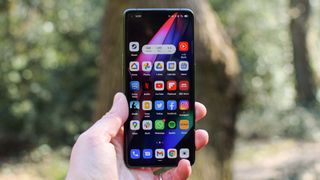
The biggest change is the dynamic refresh rate thanks to an LTPO panel, meaning the display can drop from 120Hz to 5Hz when a high refresh rate isn’t needed and thus save on battery. That beats the LTPO panel in the Galaxy S21 Ultra, which can only drop down to 10Hz.
The second upgrade is support for true 10-bit color depth, meaning the X3 Pro’s display can showcase a billion colors. While the Find X2 Pro comes advertised with a 10-bit panel, it’s not actually a native 10-bit display. Rather it uses an 8-bit panel that mimics a 10-bit output. But with a “Full-path Color Management System,'' the Find X3 Pro can snap 10-bit photos and then display them natively. You can’t do this on the Find X2 Pro.
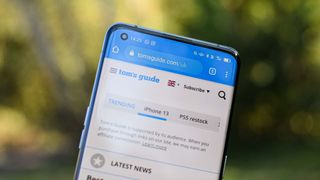
In practice, the X3 Pro’s display is very similar to the X2 Pro’s, which is no bad thing as colors are rich, contrast is great, and there’s HDR10+ support. Viewing a 10-bit photo on the X3 Pro against a normal photo captured on the phone’s rear camera system, there was very little difference between them. The 10-bit photo had maybe a tiny bit more color to my eyes, but the difference was barely there.
In its default “Vivid” mode, the X3 Pro’s display covers 172.6% of the sRGB and 122.3% of the DCI-P3 color gamuts. And it kicked out a Delta-E of 0.33. Those are impressive figures, and the Find X3 Pro trounces the likes of both the Galaxy S21 Ultra (81.4%) and iPhone 12 Pro Max (84.8%) in terms of color coverage. Apple’s handset wins on color accuracy though, with a Delta-E of 0.07. (Numbers closer to zero are more accurate.)
In real-world use, though, the X3 Pro’s display is a joy to use. It’s fantastic for videos — especially when put into the phone's DCI-P3 “Cinematic” mode — as well as games and pretty much everything else. I’d argue the X3 Pro has one of the best displays on any smartphone, certainly up there with the finest from Samsung. Just don't expect it to be a huge step up from the X2 Pro.
Oppo Find X3 Pro review: Cameras
Sitting in the unibody-integrated rear module is the Oppo Find X3 Pro’s quartet of cameras, comprising a 50MP main lens with a Sony IMX766 sensor, a 50MP ultra-wide camera with the same Sony sensor, a 13MP periscope telephoto camera, and a 3MP microlens.
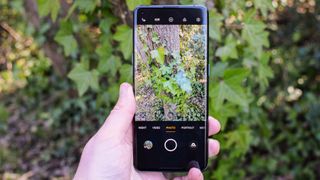
Starting with the main lens, it comes with optical image stabilization and a f/1.8 aperture, slightly narrower than the Find X2’s f/1.7 aperture, but that camera only has a 48MP lens. As such, the Find X3 Pro tends to capture slightly crisper photos, not that the X2 Pro’s main shots were lacking in detail. The X3 Pro also tends to deliver slightly cooler yet more color-saturated photos, while the X2 Pro is warmer but errs more toward a less vivid palette.
Thankfully, the X3 Pro doesn’t oversaturate in the way the Galaxy S21 can, though it can’t quite deliver the true-to-life colors of the iPhone 12 or Pixel 5.
Take the image below as an example shot by both the Oppo Find X3 Pro and a Google Pixel 5. While both phones handle this relatively busy scene well, the Pixel 5 offers colors that are closer to what I was seeing, as well as greater dynamic range that helps pick out details in the shadows.
However, in some shots, the Find X3 Pro comes out on top. Take the photo of some gorse below. The iPhone 12 shot serves up a better yellow hue on the flowers, but blows out the sky in the background. The X3 Pro might not get the colors spot on, but delivers a better photo overall.
And the Find X3 Pro could trade blows with some of the best camera phones all day long. The Oppo phone produces a brighter and more vibrant image, but the Pixel 5 offers a greater dynamic range and a more textured photo in my opinion.
When the sun goes down it’s time for the Find X3 Pro’s night mode. It serves up a cleaner and more color-accurate night mode shot than the X2 Pro, though some might prefer the latter’s warmer color tones.
But in comparison to the Pixel 5’s Night Sight mode, the X3 Pro lags behind; I’d put it on par with the Galaxy S21. That’s far from bad but not quite up there with Google and Apple’s low-light image processing, which continues to set the standard when the lights go down.
While we are on the subject of image processing, portrait mode on the rear camera is one area where some smartphones can stumble. Thankfully the Find X3 Pro doesn’t.
On still objects, the Oppo Find X3 Pro does an excellent job artfully blurring backgrounds while keeping the subject and foreground nice and clear, a little more so than its predecessor. And it delivers a more pleasing portrait pic than the Pixel 5, which can be a bit overzealous with its tight background blurring.
The portrait shot of my friend Tris below is rather impressive, with the X3 Pro not running into problems with over-smoothing his skin or shifting the color tone. However, it struggled at picking out the left-hand edge of his glasses against the water. The Pixel 5 ran into this problem too. But the iPhone 12 didn’t and continues to set a very high standard for portrait shots. Switch off X3 Pro’s portrait mode, and standard rear camera shots of people remain at flagship quality.
Oppo has paid particular attention to ultra-wide angle shots with the Find X3 Pro — that's why it put the 50MP Sony IMX766 sensor into what’s a 110-degree secondary camera. Oppo said this came down to people’s appetite for wider shots and to ensure color consistency across the cameras. Turns out this was a good move.
There’s no significant color shift between the wide angle and ultra wide cameras, unlike the perceivable change in tone when swapping between Find X2 Pro’s cameras. Furthermore, the X3 Pro delivers crisper ultra-wide shots compared to the X2 Pro, though you’ll need to zoom in to really spot the difference.
While I like the wide-angle shots the Pixel 5 captures, the X3 Pro fits more into the frame and also picks out more details. Compared against the Galaxy S21, which sports a 120-degree field of view, the X3 Pro just barely offers a sharper image in the photos below — look carefully at the building in the background and bricks in the wall.
One area where Oppo has seemingly downgraded from the X2 Pro is with the Find X3 Pro's telephoto camera. Both Oppo flagships have 13MP cameras. But the X2 Pro offers a 5x optical zoom and a max 60x digital zoom, whereas the newer phone comes with a 5x hybrid zoom and a maximum of 20x digital zoom.
But there’s some nuance here. The X3 Pro’s lens offers a 2x optical zoom, whereas the X2 Pro is digital until it hits 5x. As a result, photos at 2x zoom are clearer on the X3 Pro, whereas the X2 Pro has the edge at 5x.
If you look closely at the photo of the reeds snapped at 5x zoom, you can see the Find X2 Pro’s shot is the clearest, thanks to the extra optical range. But the X3 Pro’s image is brighter, and that’s thanks to it having a wider f/2.4 aperture compared to the f/3.0 of its predecessor’s telephoto camera. As such, the X3 Pro’s zoomed shots let in more light and deliver better colors.
Push into 10x hybrid zoom and the story is the same. The X2 Pro delivers clearer images once you really look carefully, but the X3 Pro offers more brightness and color, as well as being easier to get a zoom shot as the sensor seems to detect less wobble from my hands.
Much beyond this is a bit pointless, with 20x being a bit of a mess and the 60x zoom of the Find X2 Pro also being more of a marketing snippet than a useable camera feature. If you want extreme zooms, then you need to look towards the Galaxy S21 series.
Flip the Oppo Find X3 Pro over and you’ve got the same 32MP punch-hole selfie camera in the left-hand corner of the display that its predecessor featured. Fortunately, the Find X3 Pro appears to have slightly boosted how its software compiles selfie photos.
Portrait mode on the X3 Pro renders better skin tones than the X2 Pro. But compared to the iPhone 12, I feel the Apple’s phone has the edge. In the shot of my styled-by-lockdown visage, the iPhone 12 captures a wider range of color tones helped by the light illuminating my desperate need for a shave. While I’m impressed with the Find X3 Pro’s restraint on image processing, I feel the iPhone 12’s handling of color and light delivers a shot that has more dynamic depth.
The final part of the camera setup comes in the form of the Find X3 Pro's 3MP fixed-focus microscope lens. This has been designed to go beyond macro cameras and really capture the microscopic details in a photo. When placed against fabric you can capture a shot of the weaved threads. And it can be used to see what goes on in the grooves of a tree stump.
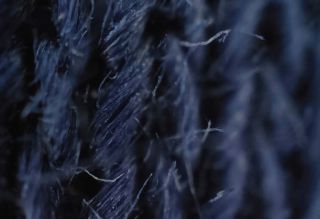
It’s more interesting to use than a macro lens or the weird monochrome camera on the likes of the OnePlus 8T. But it’s tricky to get a good shot with the X3 Pro's microscope lens. You need a very steady hand to get a photo that’s roughly in focus. Ideally you need to let in some light so you have to hold one or two millimeters above what you’re trying to shoot, which is comically hard unless you have an uncanny ability to be still; I do not.
At best the microscope lens is a fun thing to use. At worst it's another gimmick that Oppo could have dropped to shave down the X3 Pro’s price appeal. I don’t begrudge its inclusion in the camera setup, but I’d rather have a secondary telephoto lens like the Galaxy S21 Ultra has.
Despite this weird fourth lens, the Find X3 Pro puts in a truly impressive smartphone photography performance. It can stand up against some of the best phone cameras around. And while I feel the iPhone 12 range and Pixel 5 might have it beaten in some shots, there's no doubt Oppo has a high-end camera array in the X3 Pro.
Oppo Find X3 Pro review: Video
Video is comprehensive on the Oppo Find X3 Pro working across the main, ultra-wide and telephoto cameras, with up to 5x hybrid zoom supported. You'll find 4K at 60 fps on offer as well as a rather effective super steady mode that’s capped at 1080p and 60 fps. That's all fairly standard stuff, but there are some neat extras.
The first is a bokeh video effect that’s basically a portrait mode for video. It works rather well, though it's something we’ve seen on the Galaxy S21.
A “Cinematic” video mode gives you 4K video with HDR and more manual control. It’s a neat feature that’s nice to have and should take advantage of the X3 Pro’s 10-bit capture. But you’ll need to get familiar with it to take advantage of the features.
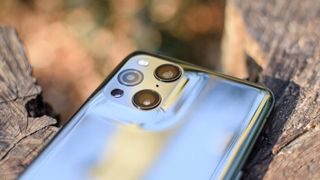
Another neat touch on the X3 Pro is the AI Highlight Video option that can smartly detect the type of scene you’re shooting and configure the capture accordingly, such as switching on the night mode or applying HDR.
All these features are interesting, but in standard point-and-shoot video, the X3 Pro can't quite hit the high points of the iPhone 12. Apple’s phone delivers a smoother and easier-to-use video experience, while the X3 Pro can struggle with progressive focus when panning a camera and transitioning from one scene to another.
Meanwhile, the wide range of video options in the Galaxy S21 range, including shooting 8K video and 120 fps capture, leaves the Find X3 behind. Still, Oppo's phone puts in a very capable video performance, though it just doesn't impress me as much as it does on the still photography side.
Oppo Find X3 Pro review: Performance
Unsurprisingly, the Oppo FInd X3 Pro comes with the latest Qualcomm Snapdragon 888 chipset. And equally unsurprising is the super-fast performance the chipset delivers.
The chip is matched with 12GB of RAM meaning it’ll chew through pretty much anything you can throw at it. The X3 Pro handled games like Call of Duty Mobile at max settings and a smooth frame rate to help tap into the 120Hz refresh rate. There was nothing I found that brought the phone to its knees. Granted, an Galaxy S21 Ultra can be specced with 16GB of RAM, but I feel that’s overkill.
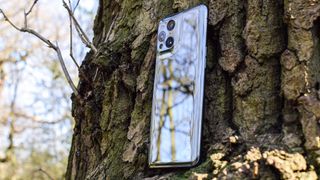
In terms of benchmarks, the Find X3 Pro delivered a single-core score of 934 and a multi-core score of 3,337 in Geekbench 5. That’s a strong result, though not really a big step up from the Find X2 Pro.
The result lags behind the Galaxy S21 Ultra with its Snapdragon 888. And the mighty A14 Bionic in the iPhone 12 Pro Max continues to dominate with 1,600 and 4,100 in the single and multi-core Geekbench 5 tests respectively.
In our graphics test, the Find X3 Pro hit a frame rate of 34 frames per second in 3DMark’s Wild Life benchmark. That’s on par with the S21 Ultra but behind the iPhone 12 Pro Max and its 41 FPS result.
When it came to the Adobe Premier Rush 4K video transcoding test, the X3 Pro managed to convert a short 4K video clip to 1080p in 1 minute and 9 seconds in its best result. Other tests dropped the average time down to 1 minute and 55 seconds. As a result, the Oppo Find X3 Pro is beaten by the Galaxy S21 Ultra and iPhone 12 Pro Max, with the latter phone chewing through the test in 28 seconds.
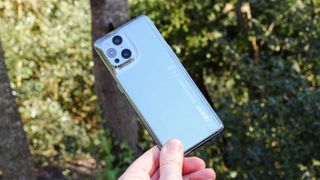
But in reality, benchmarks don’t really matter a great deal when it comes to actually using a phone. And the Find X3 Pro simply flew through everything.
Thanks to what appears to have been a lot of optimization and a reasonably light smattering of software on top of Android 11, the Find X3 Pro feels very fast to use.
Combine the 120Hz refresh rate with the app animation speed set to “Fast” and you’ve got a handset that’s snappier than the Galaxy S21 and as responsive as the best OnePlus phones, which have long been Android speed demons.
The only real fly in the ointment, is the Find X3 Pro doesn't really feel much faster than its predecessor. Using the two side-by-side and the experience of flitting through apps and menus feels equally responsive.
Oppo Find X3 Pro review: Battery life and charging
With a 4,500 mAh battery the Oppo Find X3 Pro has an extra 240 mAh over its predecessor. In our battery rundown test, which involves continuous web surfing at 150 nits of screen brightness over 5G, the X3 Pro managed 9 hours and 59 minutes before giving up the electrical ghost.
That's nearly an hour less than the iPhone 12 Pro Max’s 10 hours and 53 minutes, but Cupertino’s handset is limited to 60Hz refresh rate. A more apt comparison would be to the Galaxy S21 Ultra with its 120Hz LTPO panel; Samsung’s handset lasted 10 hours and 7 minutes in its adaptive mode, but it has a 5,000 mAH battery. (Turn off adaptive mode, and the S21 Ultra lasts 11 hours and 25 minutes.)
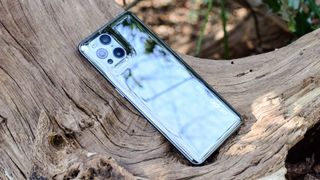
Where the Find X3 Pro plays an ace card is with its charging speed. Making use of Oppo’s 65W SuperVOOC 2.0 and a dual-cell battery design, the X3 Pro will fill up from empty to 40% capacity in just 10 minutes. It's basically one of the fastest charging phones around.
And Oppo's flagship now has 30W AirVOOC charging, something the X2 Pro lacked. That means the Find X3 Pro will charge to full in 80 minutes on a compatible wireless charger. It will also work with less powerful wireless chargers.
Completing the charging package and pushing the X3 Pro into firm flagship territory is support for 10W reverse charging. And unlike the flagship Apple and Samsung phones, Oppo puts a charger into the Find X3 Pro’s box.
Oppo Find X3 Pro review: Software
ColorOS has become one of my favorite user interfaces added onto Android. It's relatively unfussy in the vein of OnePlus’ OxygenOS. But it also allows for a lot of customization and extra features to be toggled, without getting in the way of things, like Samsung’s OneUI can do at times.
ColorOS 11.2 retains the best bits of Android 11 and lightly adds to it, while streamlining the UI over its predecessor. For example, Oppo has ditched the Opera browser the X2 Pro came with out of the box, and a swipe left on the home screen now serves up the Google app rather than the Oppo Smart Assistant. That’s a neat touch, as the Google app offers a much richer vein of information, whereas I found the Smart Assistant to be lacking.
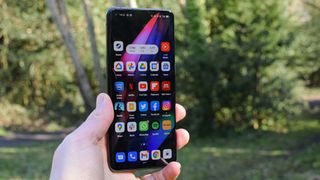
Oppo has added features in the form of more customization options, notably the ability to tune the dark mode and the Always On display to your taste. There's also a redesigned Oppo Relax app, if being told how to chill out by your phone is your cup of tea. And at some point, ringtones made in conjunction with Hanz Zimmer will be rolled out to the Find X3 Pro, though they weren't available to listen to at the time of writing.
ColorOS 11.2 builds upon the security features of Android 11 by offering more privacy controls, such as being able to create a separate system to keep your apps and data apart from the original system and locked behind a password of fingerprint. Speaking of which, the in-display fingerprint sensor is very responsive, but it sits a little lower than it did on the Find X2 Pro; I preferred the latter's scanner position, but I soon got used to the X3 Pro’s sensor.
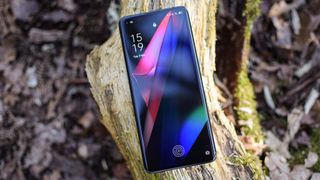
There are also visual enhancements for video content provided by the Q1 Ultra Vision Engine. It can either sharpen the resolution of videos or enhance standard dynamic range videos into HDR. While it’s far from essential, it's a nice-to-have feature and is better than the Find X2 Pro’s take, which tends to boost video motion to 60 fps, lending a slight soap opera look to movies and TV series design for a lower frame rate.
And finally, there’s the Game Space app that allows you to customize your gaming experience on the Find X3 Pro. It's similar to the X2 Pro’s app, only with a few extra options for tweaking performance profiles.
In short, there's a lot of customization and relatively powerful features sitting behind ColorOS’ rather neat interface.
Oppo Find X3 Pro review: Verdict
As it stands there are only two real flagship phone contenders, Samsung and Apple, now that HTC is out of the smartphone game and LG hasn't made a compelling high-end Android phone in a while. iPhone fans are not likely to be swayed by the Find X3 Pro. But Oppo's latest flagship could be a serious rival to the Galaxy S21 Ultra, which has been pretty much sitting at the top of the Android flagship hill without any real competition, until now.
Given that it undercuts the Galaxy S21 Ultra yet still delivers a premium "big phone" experience with impressive cameras and performance, the Find X3 Pro is what I’d consider to be a true Android flagship contender.
However if you have a Find X2 Pro, then you can skip the X3 Pro. While this new model is a better phone than its predecessor, there’s not quite enough to warrant an upgrade. Furthermore, it could be worth seeing what the rumored OnePlus 9 Pro has to offer when it’s revealed on March 23.
But if you want a serious Android flagship right now, then you really need to consider the Oppo Find X3 Pro. And if you’re reading this from Samsung HQ, take the X3 Pro as a warning shot that Oppo is gunning for the Android smartphone crown.
Roland Moore-Colyer a Managing Editor at Tom’s Guide with a focus on news, features and opinion articles. He often writes about gaming, phones, laptops and other bits of hardware; he’s also got an interest in cars. When not at his desk Roland can be found wandering around London, often with a look of curiosity on his face.
